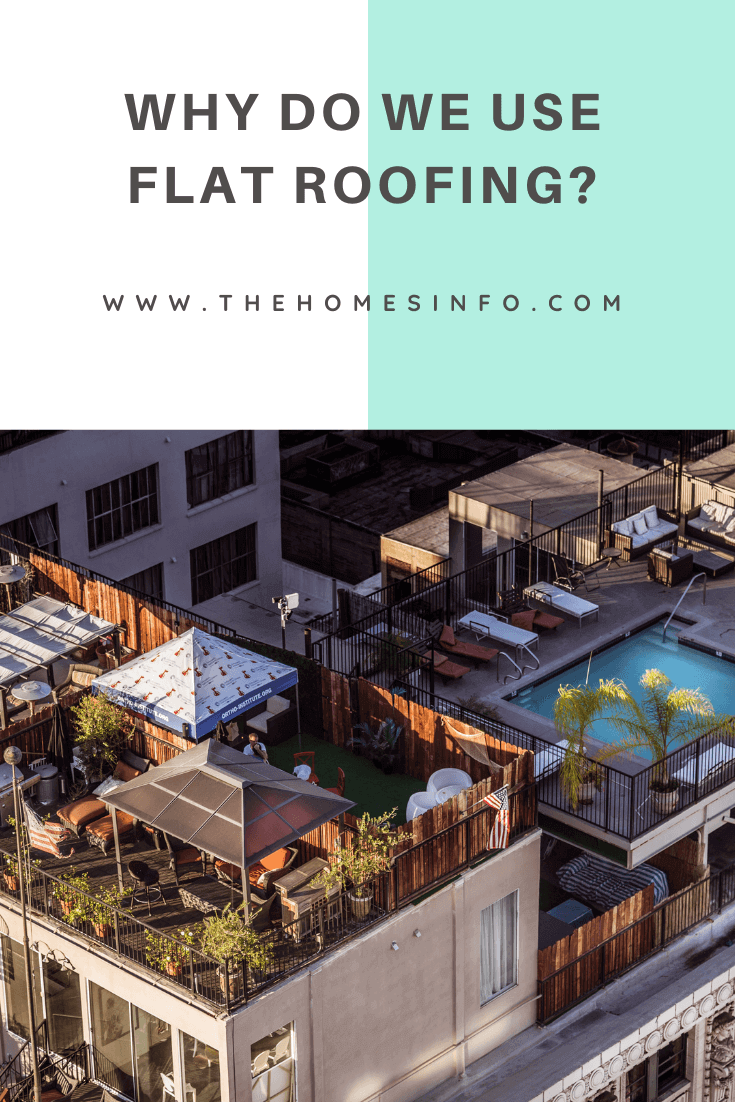What types of roofs are the best for your house? If you’re looking for roofing materials and shapes, you’re bound to find some that you like. Most of the time, we judge roofs solely on their appearance. Then we look into their specific advantages.
Roofs are an essential aesthetic component when designing and building your house, in addition to their primary function of draining rain and snow and thus protecting the building from weather conditions. Waterproof roof slabs have become a popular alternative in modern architecture.
We have compiled a list of roofs for your house, as well as the roofing materials that go best with them, and their benefits and drawbacks.
Table of Contents
5 Different Types of Roofs & Roofing Materials for your House
Choose the roof type that best suits your needs from the list.
1. Gable Roof
A pitched roof is another name for a gable roof. It’s a commonly used roof shape, and its triangular shape makes it easy to spot. Like a dog house, this roof has one side up and the other side down.
Gable roofs are suitable for a wide range of materials. To avoid leaks, use metal shingles or standing seam shingles if they have hips and valleys.
There are four types of gable roofs:
- Crossed Gable
- Dutch Gable
- Side-Gable
- Front Gable
Pros:
- Easily sheds water
- Allows more ventilation
- Provides more space for an attic
- Easy to build
- Less expensive
Cons:
- It is not suitable for windy or hurricane-prone areas
- If the frames are not constructed properly, gable roofs can collapse
- High winds can cause roof materials to separate from the structure
2. Shed Roof
A shed roof, also known as a lean-to, is a single sloping roof attached to a taller wall. It does not have an adjoining roof and can be installed on its own or leaned into an existing structure.
Shed roofs were previously only used for home additions, but they are becoming increasingly popular for modern home roofing. This type of roofing can be used to construct eco-friendly homes or homes equipped with PV solar panels. Shed roofs can be made with standing seam roofing materials.
Pros:
- Suitable for rainy areas
- Ease to assemble
- Allows natural light
- Less expensive
Cons:
- Shed roofs are not recommended for windy areas
- The ceiling becomes too low when the pitch is too high
3. Flat Roof
Flat roofs aren’t exactly what their name implies. There is a slight incline of about 10 degrees that allows water to run off. Commercial and industrial structures frequently have flat roofs.
You can have an outdoor living space that can be enclosed for a penthouse with a flat roof. To evacuate rainwater, most roofs have centrally located drains or gutters.

The most suitable materials for flat roofs are roll roofing, metal sheets, tar and gravel, and rubber membrane.
Pros:
- It enables the installation of heating and cooling units on the roof.
- When building an eco-friendly home, this is suitable for installing solar panels.
- Constructing costs are lower.
- It also allows cooling as well as heating units.
- Suitable for installing solar panels when constructing an eco-friendly house.
- Less expensive.
Cons:
- Flat roofs are more prone to water damage.
- Not recommended for areas with a lot of rain.
- Need frequent maintenance and repairs.
4. Butterfly Roof
Butterfly roofs have a distinct appearance. They are V-shaped, with two sides of the roof adjoined in the center, and resemble a butterfly in flight. For modern tropical and eco-friendly home designs, this type of roofing is popular. To keep the roof watertight, use a solid continuous membrane with no seams. Metal roofing materials can also be used.
Pros:
- The higher angles allow for larger windows and more natural light in the room.
- It collects rainwater at the midsection, which is efficient for drought-prone areas.
- Excellent for eco-friendly home design as it allows the installation of PV solar panels and water barrels.
Cons:
- Requires extensive maintenance
- Complex to build
- Waterproof is essential
- Leak and water pool can cause roof collapse
- More expensive
5. Saltbox Roof
The Saltbox Roof is asymmetrical, with two stories in front and one in back. One side of the roof is more like a lean-to roof, while the other side is more like a slightly sloping flat roof. A saltbox roof can be built with any type of roofing material.
Pros:
- Suitable for areas with heavy rainfalls
- Adds more living space
Cons:
- Expensive
- Some rooms may have slanted ceilings
It is important to consider all the pros and cons of a roof type before choosing the right roofing materials for your house. When making a decision, keep the weather conditions of your site in mind.
Happy Living!

